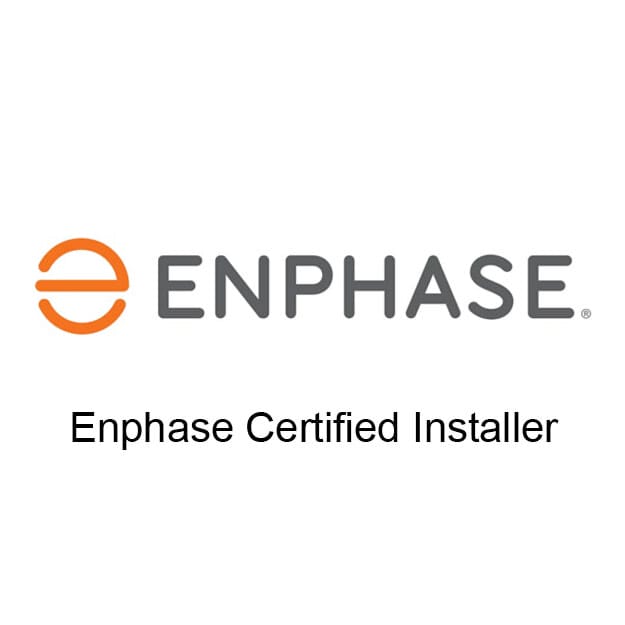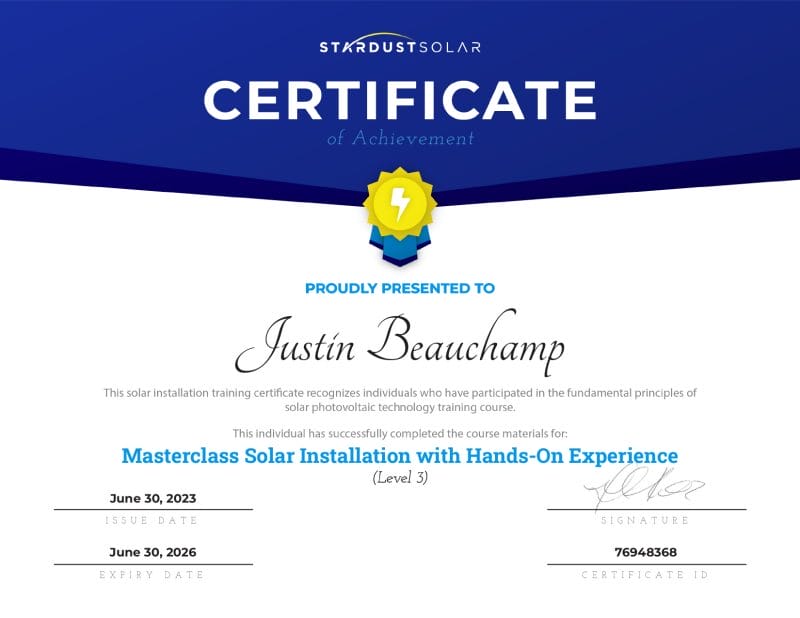Solar energy emerges as a beacon of sustainability and financial savings as we grapple with climate change and rising energy costs. More homeowners than ever are considering this renewable energy source, not just for its environmental benefits but also for its increasing affordability and efficiency.
But here’s the thing: not all solar installations are created equal. Your home, lifestyle, and energy needs are unique, and the type of solar installation you choose should reflect that.
In this guide, we’ll explore various types of solar installation suitable for residential properties, delving into the pros and cons of each to help you make an informed decision.
Types of Residential Solar Installations
It’s essential to consider the type of solar installation that is most appropriate for your property. Below, we break down the key types suitable for residential settings, evaluating their pros and cons and helping you identify which could be the best fit for your home.
1. Rooftop/Flat Roof Solar Panel Installation
Rooftop solar panels are the most common type of solar installation. These panels are mounted on your home’s roof and capture sunlight, converting it into electricity.
| Pros | Cons | Best For |
| Efficient use of space, higher elevation often means more sunlight, adds value to the property. | It can require roof repairs or reinforcements, unsuitable for all roof types. | Homes with strong, large, and unobstructed rooftops that can support the weight and size of solar panels. |
2. Ground-Mounted Solar Panel Installation
Ground-mounted panels are installed on the ground rather than on your roof. They can be placed in any open space on your property.
| Pros | Cons | Best For |
| Easier to install and maintain, can be positioned for optimal sun exposure. | It takes up yard space, can require additional permits, and potentially higher installation costs. | Properties with plenty of unused land or those with roofs that are not suitable for mounting panels. |
3. Solar Shingles or Solar Tiles Installation
Kimberly Magerl shares in an article that solar shingles or tiles replace regular roofing materials and serve a dual function: they protect your home from the elements and generate electricity.
| Pros | Cons | Best For |
| Aesthetically pleasing, there is no need for separate solar panels. | They are more expensive than traditional solar panels and can be less efficient. | New construction homes, those needing a roof replacement, and homeowners prioritizing aesthetics. |
4. Solar Awning or Solar Facade Installation
Solar Companies say solar awnings or facades are mounted on the sides of a building or as an extension to provide shade while generating electricity.
| Pros | Cons | Best For |
| It provides shade and electricity and doesn’t require a roof or ground space. | It could be less efficient because of vertical orientation and can be expensive to install. | Properties with limited roof and ground space but have wall surfaces that receive ample sunlight. |
Comparison Chart
Below is a chart to help you compare these options at a glance:
| Type | Cost | Efficiency | Aesthetics | Space Requirement |
| Rooftop Solar Panels | Low | High | Moderate | Roof |
| Ground-Mounted Panels | High | High | Low | Ground |
| Solar Shingles/Tiles | High | Moderate | High | Roof |
| Solar Awning/Facade | High | Low | Moderate | Walls |
How to Choose
Selecting the right solar installation for your home involves more than figuring out the most affordable or efficient option. It’s about making an informed decision considering various factors, from the available space in your property to your budget and aesthetic preferences. Below, we delve into some crucial questions to help guide your choice:
1. How much space is available?
The availability of space plays a critical role in determining the type of solar installation you can opt for:
| Ample Rooftop Space | Extensive Ground Space | Limited Space | Combined Spaces |
| If you have a large, unobstructed roof that receives plenty of sunlight, rooftop solar panels are a strong contender. | If your property has a lot of unused land, ground-mounted panels can be a great option. | For those with limited roof or ground space but have walls exposed to sufficient sunlight, solar awnings or facades can be an alternative. | Some homeowners choose rooftop and ground-mounted systems to maximize their solar energy production. |
2. What is your budget?
Each type of solar installation comes with its own set of costs. Here’s a brief rundown:
-
Rooftop Solar Panels
Generally, it is the most cost-effective but will require additional expenses if your roof needs reinforcement. According to This Old House reviews team, monocrystalline solar panels are the most prevalent choice right now, offering both efficiency and cost-effectiveness.
But, if your home has abundant roof space or modest energy requirements, polycrystalline or thin-film options could be a better match.
-
Ground-Mounted Panels
This solar panel installation could have higher installation costs and additional permitting fees due to the land area it occupies.
-
Solar Shingles/Tiles
These are typically more expensive upfront but can offer long-term value in aesthetics and efficiency.
Solar shingles can offer a more aesthetically pleasing look than traditional solar panels, seamlessly integrating with your existing roof. This makes them particularly advantageous in locations with stringent zoning regulations.
-
Solar Awnings/Facades
These can also be pricier, especially for custom designs. Enery Sage says that after accounting for tax credits, a typical 6-kilowatt solar panel system comes in at around $13,300 while constructing patio covers or similar structures can also set you back thousands.
Merging the two makes financial sense if you’re pondering a solar system and an outdoor cover like a gazebo.
3. Are aesthetics a major concern for you?
Your aesthetic preferences can influence your choice of solar installation:
| Traditional Look | If you’re okay with the look of traditional solar panels, rooftop or ground-mounted options would suffice. |
| Seamless Integration | If you prefer a more integrated look, solar shingles or tiles that blend with your existing roofing materials can be more up your alley. |
| Architectural Statement | Solar facades and awnings offer a unique aesthetic for those looking to make an architectural statement. |
Time to Start the Eco-Worthy Solar Panel Installation
Each type of solar installation offers advantages and limitations to weigh these aspects according to your specific needs and circumstances.
As we face the pressing challenges of climate change and depleting fossil fuels, adopting solar energy becomes increasingly critical. Opting for an Eco-Worthy solar panel installation is not just an eco-friendly alternative; it’s a sustainable solution for powering our lives today and for future generations.
Ready to make the switch to a cleaner, more sustainable energy source? MAG Solar is here to guide you through every step of the process, helping you find the right solar installation.







